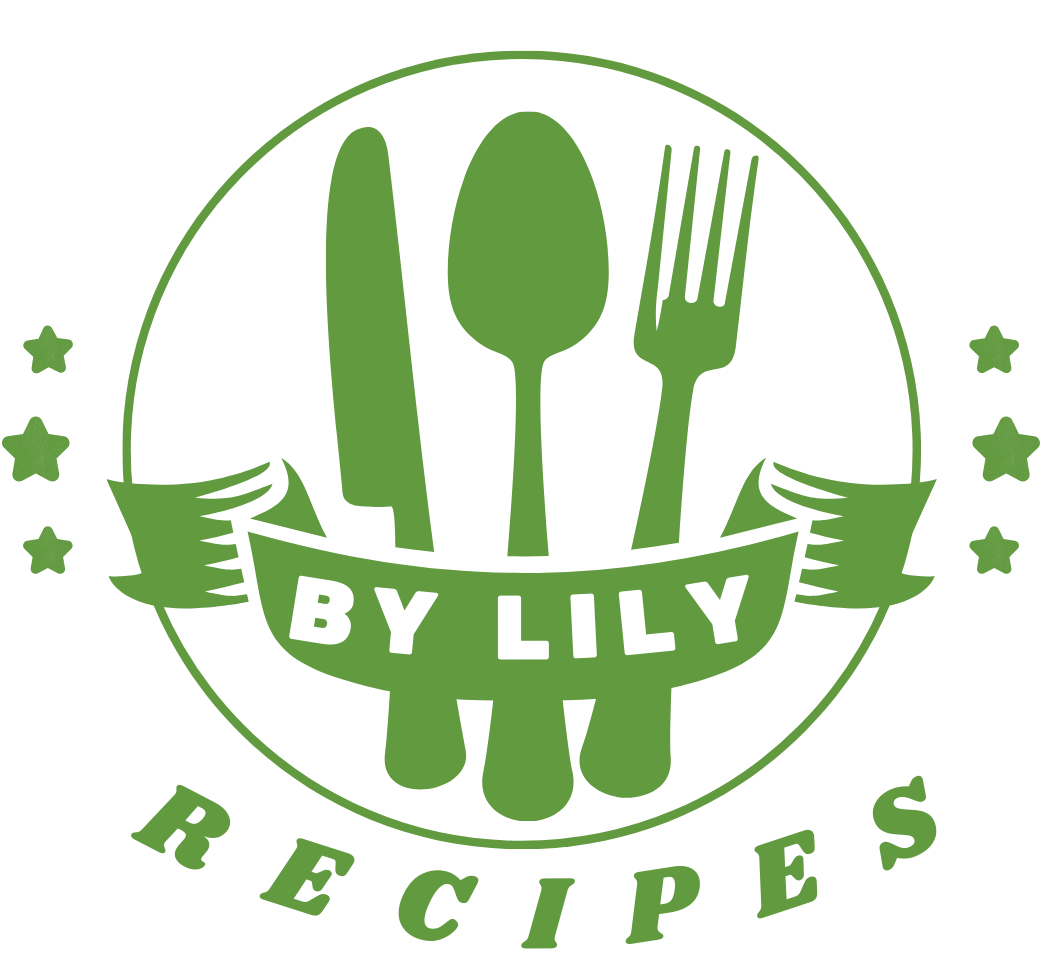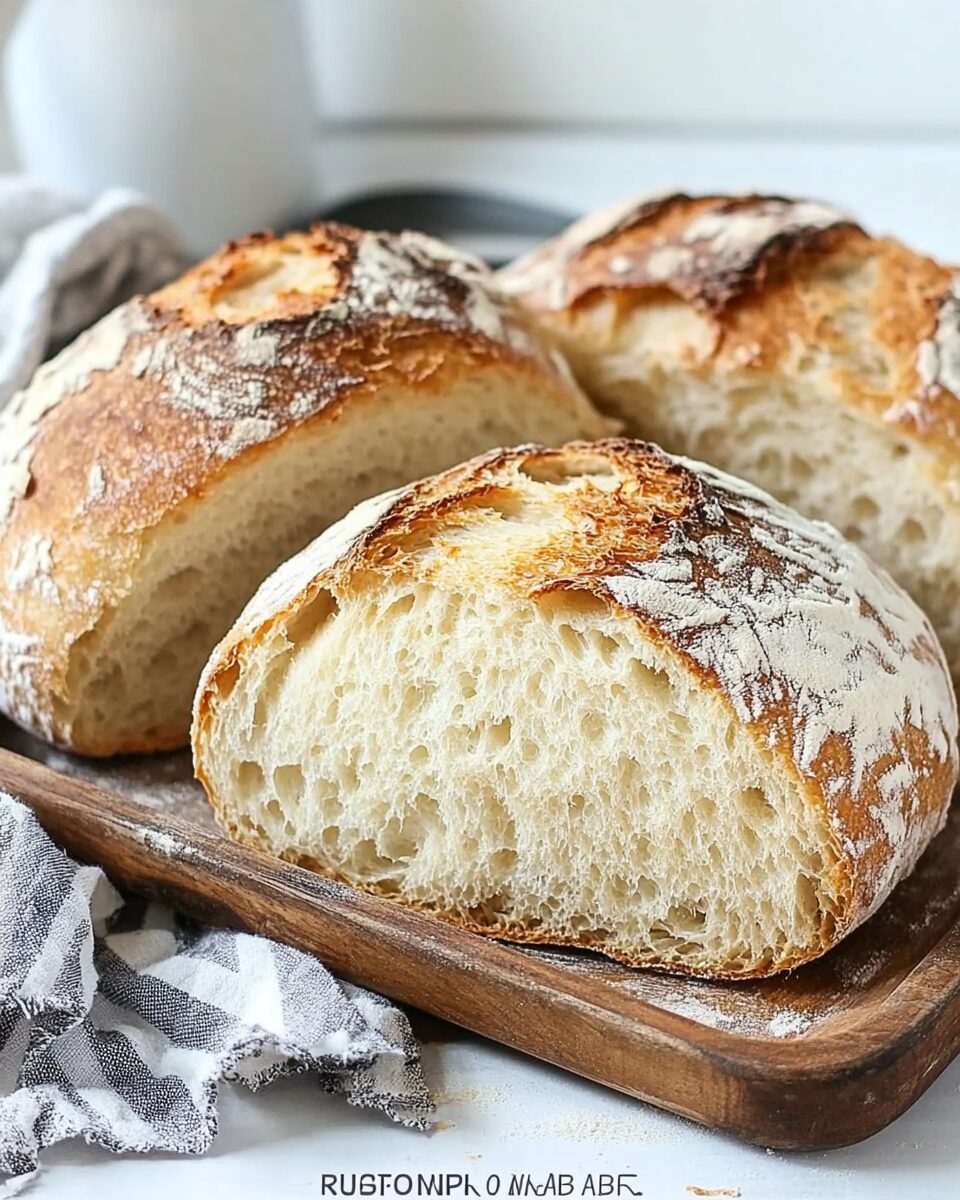This Rustic Bread recipe from ShelfCooking.com is one of the easiest ways to make homemade bread, even for beginners. It’s a no-knead, no-loaf-pan, no-Dutch-oven-needed method that uses only five staple ingredients. The result? Two golden, crusty loaves with a soft and airy interior—perfect for soups, pastas, sandwiches, or simply with butter. It’s an excellent way to stretch your meals and enjoy the magic of fresh bread without complicated techniques or tools.
Full Recipe:
Ingredients
-
3 cups warm water (start with 2 cups and add more as needed)
-
2 ¼ teaspoons (1 packet) active dry yeast
-
1 tablespoon sugar
-
6 cups (750 g) all-purpose flour
-
3 teaspoons salt
Directions
-
In a large bowl or stand mixer, combine warm water (start with 2 cups), yeast, and sugar. Let sit for about 10 minutes until bubbly.
-
Add flour and salt. Mix until a soft dough forms. It should be slightly sticky; add up to ¼ cup flour at a time if too wet.
-
Cover loosely with plastic wrap and a kitchen towel. Let the dough rise for 1–3 hours (longer is better).
-
Preheat oven to 450°F. Place a pizza stone or flipped cookie sheet in the oven to heat. Add a baking dish with 2 inches of water on the bottom rack for steam.
-
Lightly flour a surface, turn out the dough, fold it gently, and divide it into two round loaves. Do not knead.
-
Use a sharp knife to cut an “X” on top of each loaf.
-
Place loaves on a floured pan and transfer to the hot pizza stone or cookie sheet.
-
Bake for 25–30 minutes or until golden brown and fully cooked (internal temp should be at least 190°F).
-
Let cool for at least 1 hour before slicing to allow the crust to finish forming.
Nutrients
Nutritional values will vary depending on loaf size and serving portions. The recipe does not provide exact nutrition info, but a typical slice (based on standard rustic bread) may include:
-
Calories: ~150–180
-
Carbohydrates: ~32g
-
Protein: ~5g
-
Fat: ~0.5g
-
Fiber: ~1g
-
Sodium: ~300mg






